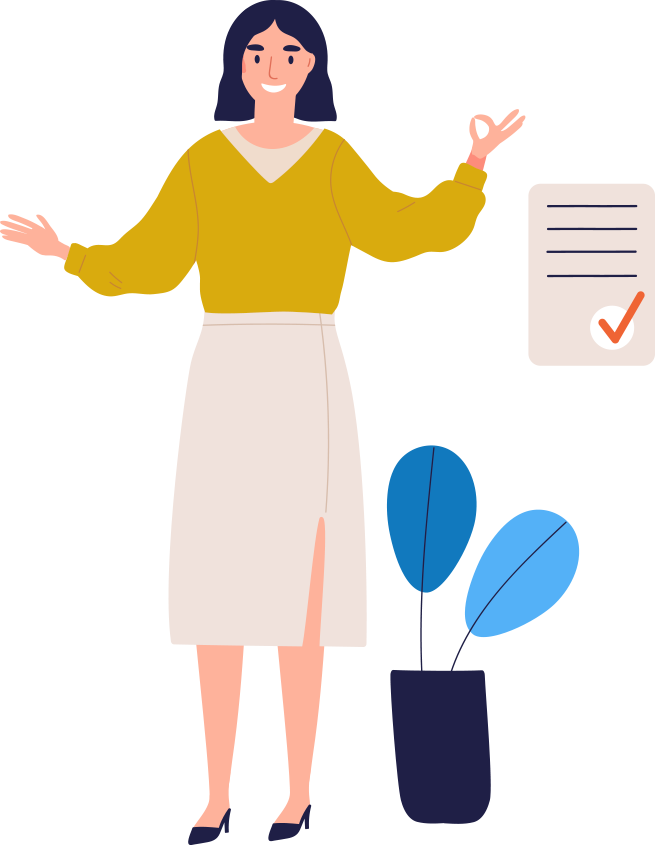 Increasing food prices have become a concern for many Americans. If you are a senior on a fixed income, you may worry that you will not have the money to fill your fridge. The Supplemental Nutrition Assistance Program (SNAP) exists to help people make ends meet. It is a food stamp program that supplies enrollees with a monthly allotment that they can use for groceries.
Increasing food prices have become a concern for many Americans. If you are a senior on a fixed income, you may worry that you will not have the money to fill your fridge. The Supplemental Nutrition Assistance Program (SNAP) exists to help people make ends meet. It is a food stamp program that supplies enrollees with a monthly allotment that they can use for groceries.
SNAP has certain requirements for those enrolled in the program. In addition to the general requirements, older Americans must meet additional requirements to be eligible for SNAP benefits.
Am I Eligible to Receive SNAP Benefits?
SNAP benefits are reserved for low-income individuals. This means your eligibility for food stamps depends on your resources (bank accounts, etc.) and income. Households with an elderly or disabled member can have up to $4,500 in resources (in 2025) and still be eligible. Certain things, including your house and most retirement plans, do not count as a resource.
Adults who are over age 60 and meet the following income, assets, and resources limits may qualify for SNAP benefits.
Seniors applying for SNAP benefits must first meet two eligibility requirements, including:
1. In most states, their net income must be equal to or lower than the federal poverty line (see table below); and
2. Their total household assets may not exceed $4,500 (in 2025).
General qualifications for SNAP benefits vary by state. Find your local SNAP location online to obtain more information and to apply.
| Number of People in Household | Annual Income |
|---|---|
| 1 | $15,650 |
| 2 | $21,150 |
| 3 | $26,650 |
| 4 | $32,150 |
| 5 | $37,650 |
| 6 | $43,150 |
| 7 | $48,650 |
| 8 | $54,150 |
| > 8 | Add $5,550 per person |
What If I Receive Benefits or Help From Meal Services or a Residential Facility?
You may qualify for SNAP benefits even if you also receive care from a residential facility or a meal delivery service. SNAP makes an exception for seniors who receive services like Meals on Wheels or who receive meals as a part of their residential nursing home care plan.
What Counts as “Countable Assets” for SNAP Benefits?
In addition to income limitations, there are resource and assets limits for SNAP beneficiaries. Resources and assets are divided into either countable or non-countable. Countable assets for SNAP purposes include cash and money in a bank account. However, if at least one household member is age 60 or older, the applicant can have $4,500 in countable assets and still qualify for SNAP benefits.
Non-countable assets include the following:
- Many retirement and pension plans
- The applicant’s home and the lot it sits on
- Resources for applicants who receive Temporary Assistance for Needy Families
- Resources for applicants who receive Social Security Insurance payments
SNAP applicants may also be able to keep their vehicles. State law decides if an applicant’s vehicle qualifies as a countable or non-countable asset.
How Much Will I Receive for Groceries From SNAP?
The size of the payment that a household will receive from SNAP every month depends on the size of the household. Typically, a household is expected to spend 30 percent of its total income on food. SNAP takes the amount of money coming into the household each month and multiplies it by 0.3 to get the household’s monthly SNAP allotment.
The following table shows the maximum monthly benefit for SNAP by household size.
| Household Size | Monthly Allotment |
|---|---|
| 1 | $292 |
| 2 | $536 |
| 3 | $768 |
| 4 | $975 |
| 5 | $1,158 |
| 6 | $1,390 |
| 7 | $1,536 |
| 8 | $1,756 |
| > 8 | Add $220 per person |
Can I Appeal My Decision if I Am Denied Food Stamps Through SNAP?
Yes; SNAP applicants have the right to appeal a denial. If you are facing a denial of SNAP benefits, you must request a hearing within 90 days of the decision. You can request a formal hearing to appeal your denial over the phone, in writing, or in person at your local SNAP location.


